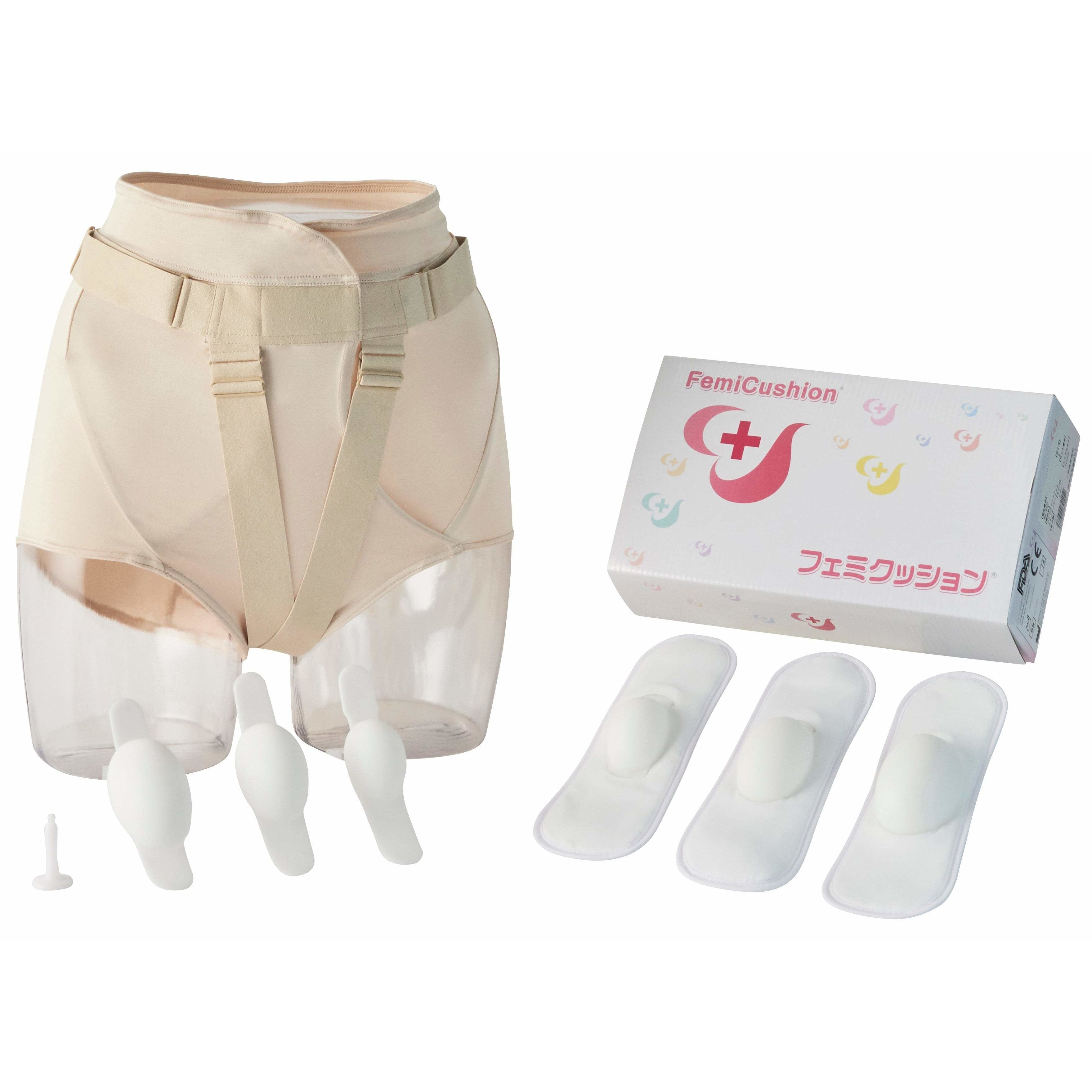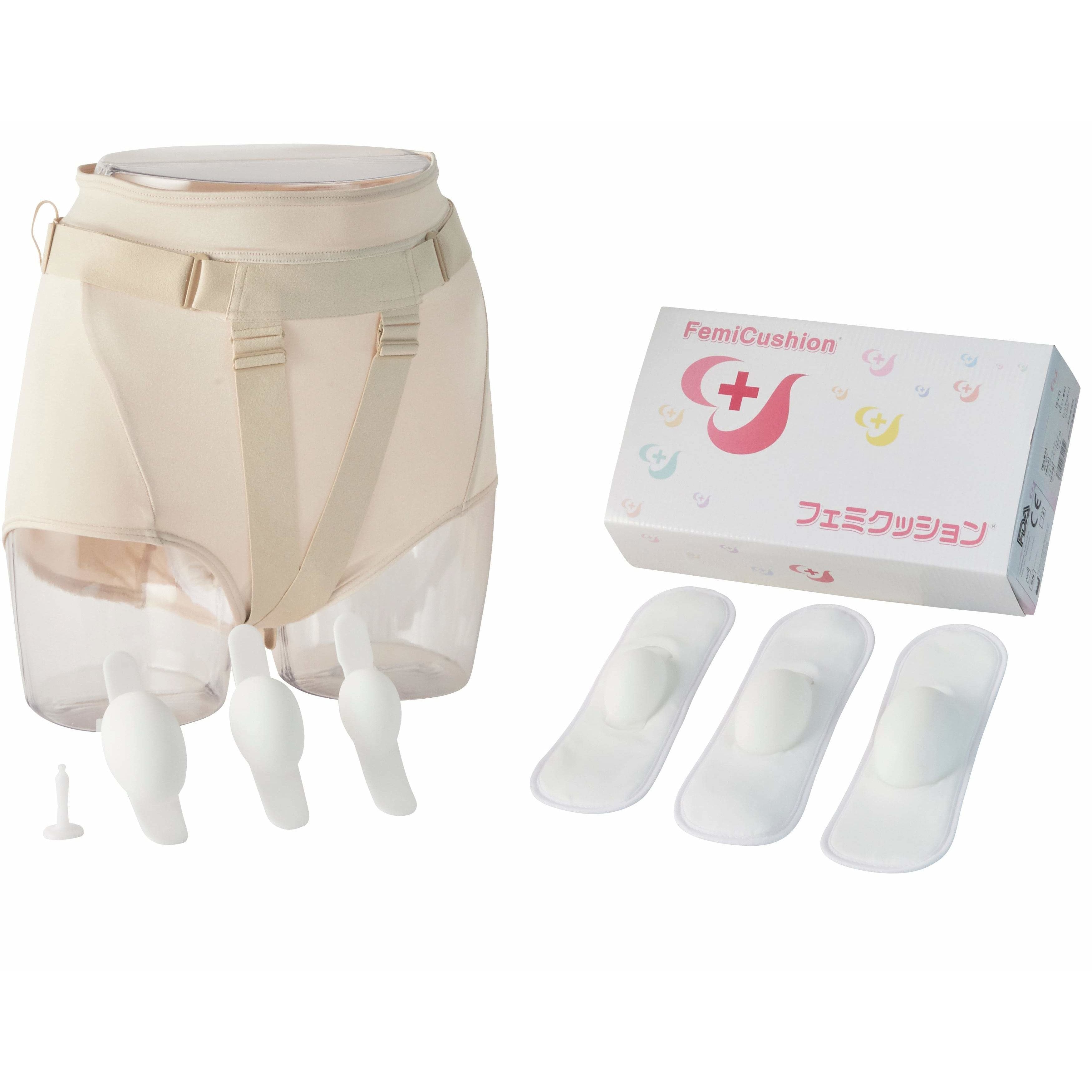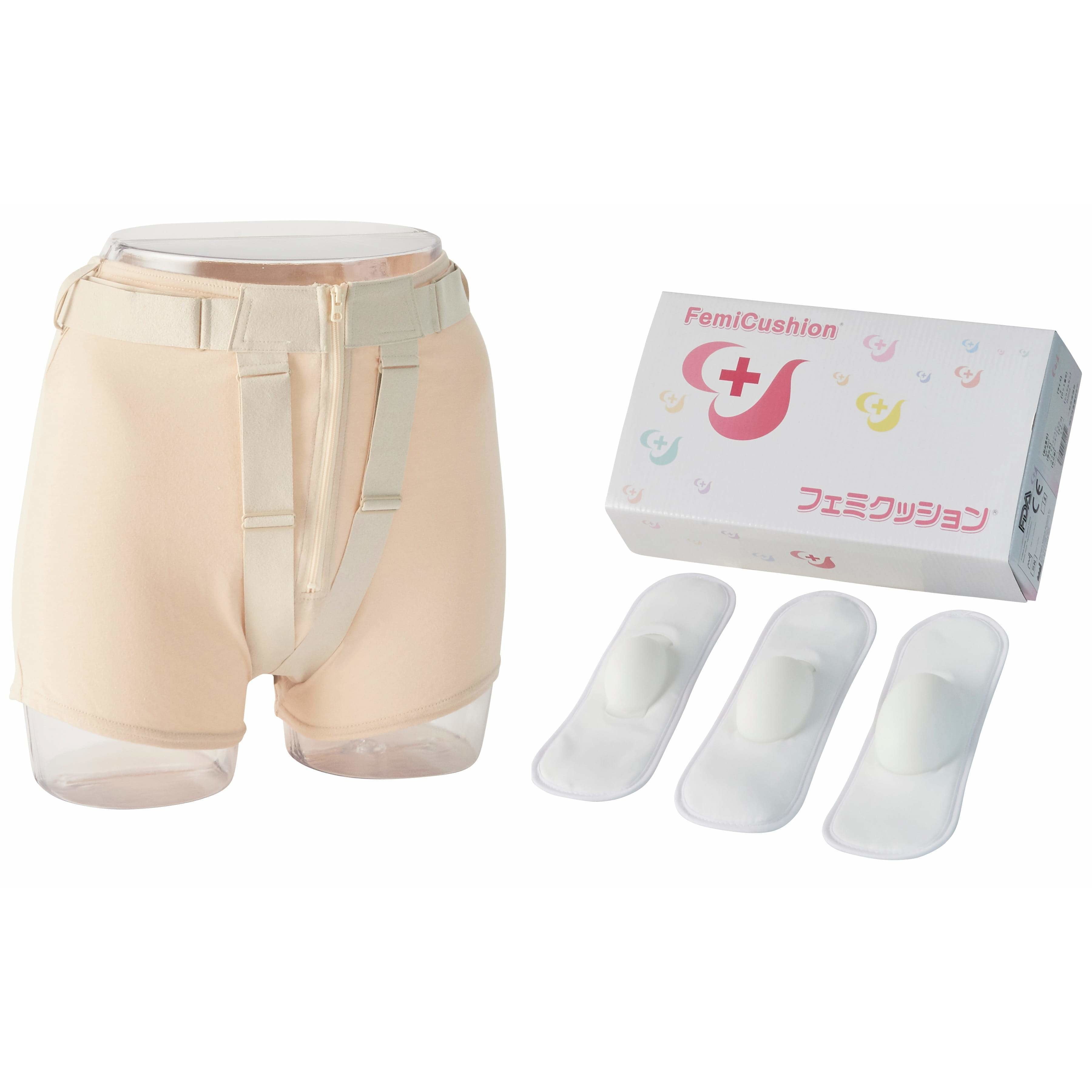What is Bladder Prolapse (Cystocele)
Table of Contents

Prolapse of the bladder is the most common type of pelvic organ prolapse. It is a condition where the bladder falls down into the vagina causing pain, urinary problems and other complications. It should be diagnosed and treated as soon as possible as leaving it alone will most likely worsen the condition.


Common Symptoms:
- Tissue protruding from vaginal opening
- Pain and discomfort
- Urinary leakage
- Difficulty urinating
- Bladder infections
- Bleeding / spotting
- Low back pain
- Painful intercourse
Common Causes:
- Strain from lifting heavy objects
- Standing for long periods of time
- Menopause
- Childbirth
- Constipation


Treatment:
Treatment methods for bladder prolapse differs from woman to woman and it depends on many factors. Factors like prolapse type, severity of the prolapse, age, health status, lifestyle, treatment preference, and wether or not you want to have a baby. However, they all boil down into two categories, surgical or non-surgical.
Since pelvic organ prolapse is not a life-threatening condition, we recommend to look into other treatment options before deciding on surgery. Surgery also does not guarantee long term effectiveness and may not be the most cost/time effective.
Non-surgical options includes Kegel exercise, pessary, and estrogen replacement therapy. Kegel exercises and estrogen replacement therapy are more suitable for mild cases or bladder prolapse. However, it may take long periods of time and commitment before seeing any results and not all women can intake estrogen (for example certain cancer patients). As for pessary, it has varying success rates, not all women can be fitted for a pessary, and it must be replaced often.

Effective and Non Invasive Treatment:
Introducing FemiCushion, the effective but non-invasive treatment method that is not only suitable for bladder prolapse but all types of pelvic organ prolapse. It is easy to use and easy to remove, suitable for all ages and health conditions.
For women who are uncomfortable with pessaries or wish to avoid surgery, FemiCushion provides safe and effective prolapse relief. Unlike pessaries, nothing goes inside the body. Instead, FemiCushion uses a soft and flexible silicone cushion to gently hold prolapsed organs inside the body and prevents them from bulging from the vagina. Over time as organs stay inside the body, prolapse symptoms are greatly reduced, allowing women to return to a normal and active lifestyle.
Don’t let your pelvic organ prolapse control your life, find out how you can live worry free with FemiCushion.
Disclaimer
The information on this site is not intended or implied to be a substitute for professional medical advice or diagnosis. All content, including text, graphics, images, and information, contained on or available through this website is for informational purposes only.
Supervising Doctor of This Article

Koichi Nagao, MD PhD
Professor, Department of Urology, Toho University Faculty of Medicine
Director of Urinary tract reconstruction center, Toho University Omori Medical Center
Director of Reproduction Center, Toho University Omori Medical Center
Professor Nagao specializes in plastic surgery in the field of reproductive medicine. He completed eight years of plastic surgery training at Showa University before majoring in urology at Toho University. With his meticulous surgical techniques and careful examinations that combines urology and plastic surgery, Professor Nagao became a Board Certified Specialist with multiple associations including the Japanese Urological Association, the Japan Society for Reproductive Medicine, and the Japanese Society for Sexual Medicine.
The suggested Products

FemiCushion EasyOpen Deluxe Kit
$299.99

FemiCushion Standard Deluxe Kit
$299.99

FemiCushion Lite Kit
$249.99




